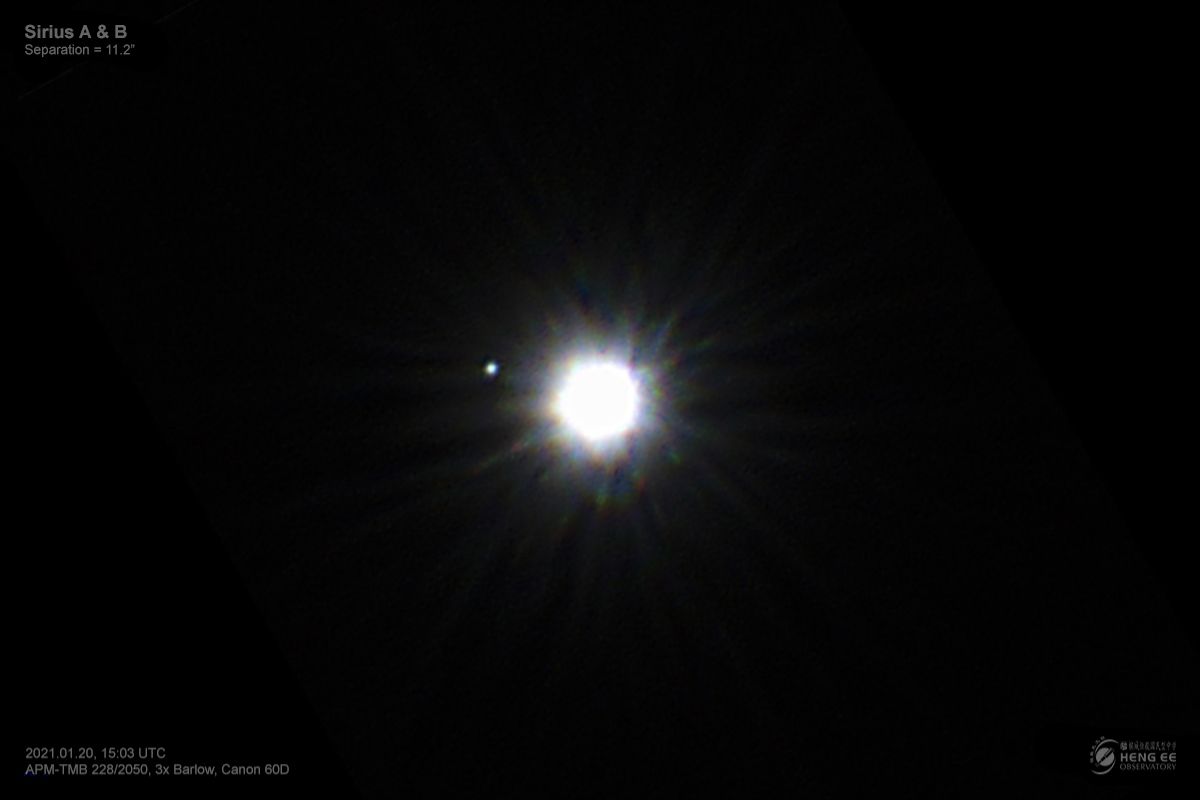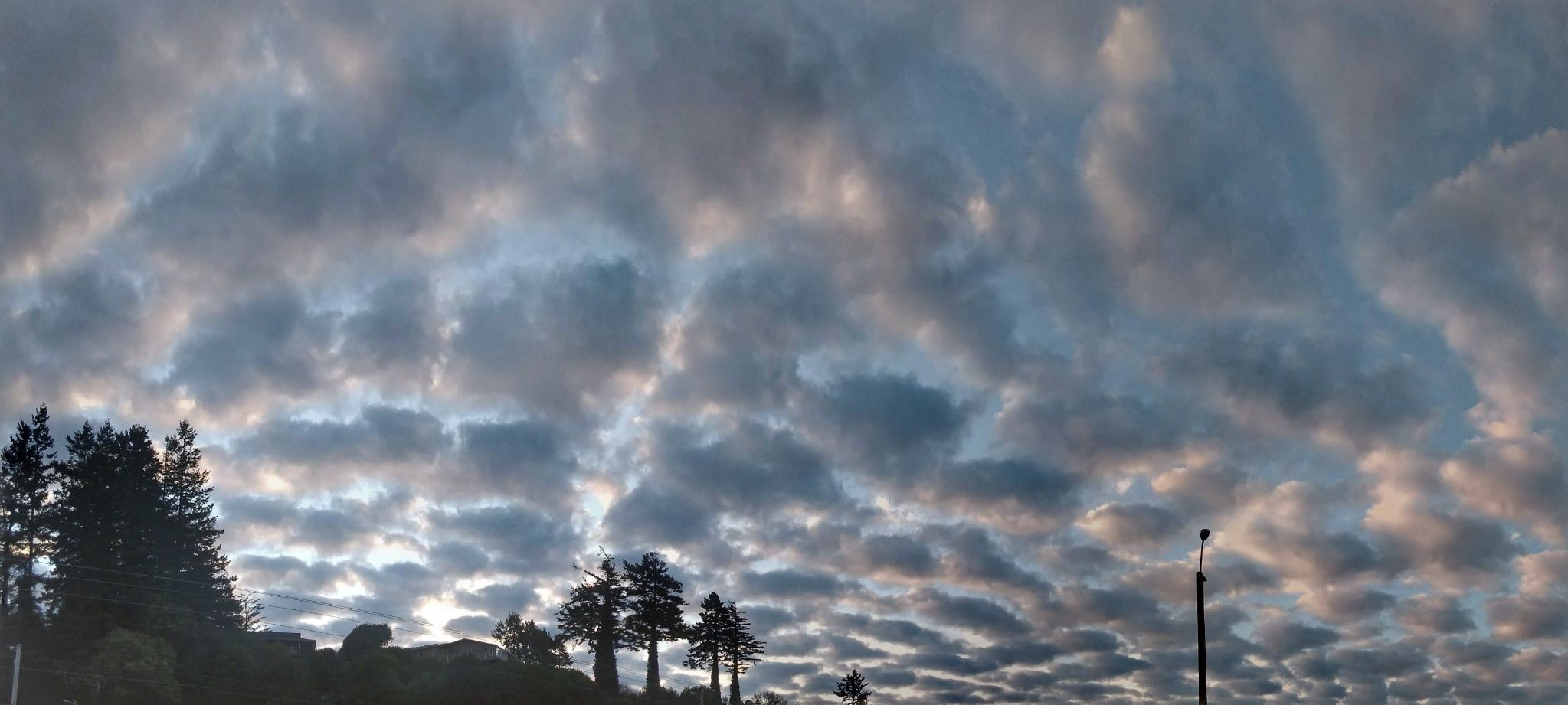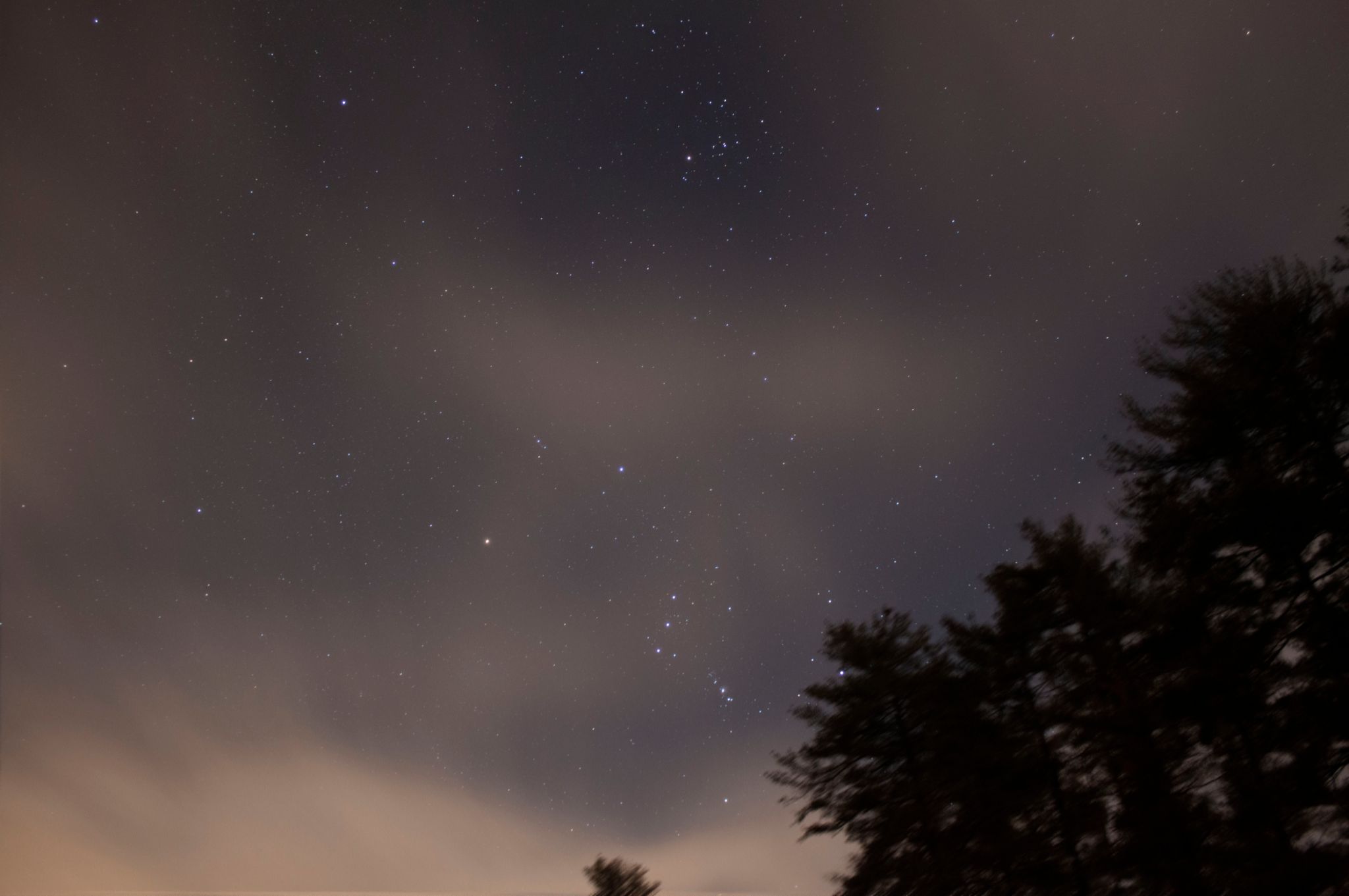By April Cronenberg | 2021-01-21

On 01/20/2021 11:03 pm by Michael Teoh| Heng Ee Observatory, Penang, Malaysia.
First attempt at imaging Sirius B. Sirius, the brightest star in the night sky (mag -1.46) is actually a binary star, consisting of the prominent Sirius A (mag -1.47) and a faint companion white dwarf (mag 8.44).
The two orbit each other with a period of 50 years. Due to the eccentric orbit, the distance between the two varies between 8.2 and 31.5 AU, resulting in an apparent angular separation between 3 and 11 arcseconds.
The previous periastron (closest physical distance between the two) occurred in 1994, while the apoastron (furthest physical distance between the two) occurred in 2019. From the Earth's vantage point, the greatest observational separation will occur in 2023, with an angular separation of 11.333 arcseconds.
APM-TMB 228/2050
Televue 3x Barlow
Canon 60D
30 images of 1 sec exposure stacked with AutoStakkert!3
Wavelet adjustment with Registax 6
Crop and enhancement in Photoshop 2020

